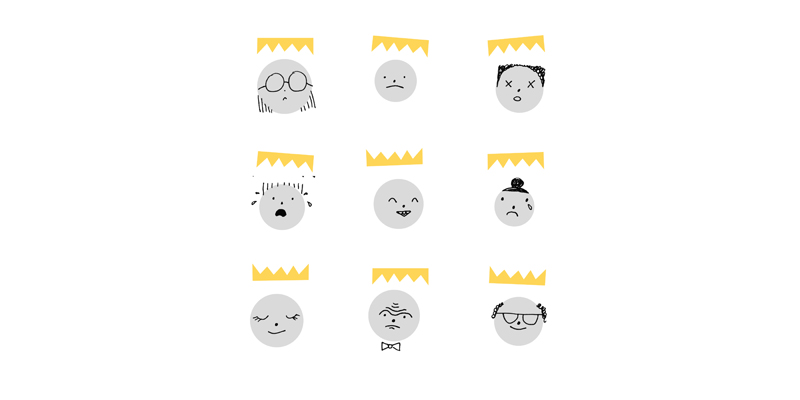
Creating leadership habits
April 12, 2015
Interviewing and Neuroscience
April 22, 2015The brain and change


What we often hear from leaders is that the resistance is not direct. At an intellectual level people agree with the proposition.

Is there a leader today who is not involved in a change situation? Most leaders have some form of change project or programme going on. With the amount of uncertainty and the challenging economic climate getting projects to work is crucial and yet the statistics on the success of change in business are dire. Something like 70% of change programmes fail or only partially succeed. For leaders that is high risk. In a recent Economist report a lack of buy-in from people was the cause sited as the reason for the failure. Does this have to be the case? The latest research from neuroscience, the science of how the brain works is beginning to show us why change is painful, why it is resisted, and what leaders can do to make change easier and to institute new ways of working.
What we often hear from leaders is that the resistance is not direct. At an intellectual level people agree with the proposition. Leaders tell us time and again that people revert back to their old ways of working or even fail from the outset to make the shift to the new role and work methods. Incentives and threats drive resistance underground.
In other words there is no logical reason for people to continue working in the old way. But before we make judgments, reflect on when you personally may have resisted change. We have all done this at some time, even when logically we know the direction is right.
This resistance begins to make sense when we look at the results of neuroscientific research into how the brain works. Developments in technology have allowed scientists to literally see how the brain deals with change.

Change creates a painful experience in the brain. Much like being punched or breaking a bone.

The research shows that people’s response to change is common, at a biological level. Change creates a painful experience in the brain. Much like being punched or breaking a bone.
Our brain responds to and encourages us to create patterns, regular ways of doing things. This reduces uncertainty and saves energy. These patterns act as a short cut; you don’t have to work out how to do something like open a door every time. These types of routine or regular activities are run by the basal ganglia which is much more efficient in terms of energy usage. After a period of time, our job becomes one of these regular actions. We get comfortable doing the ‘old’ process and routine. The role is predictable. Doing something different to the norm, is the equivalent of telling the brain something is wrong. This activates the emotional centre, the amygdale which controls our flight or fight response. The new behaviour is registered as an error and as a potential threat in the brain. Whilst the prefrontal cortex can override the more primitive emotional centre this takes a lot of energy and it soon becomes fatigued.
Unfortunately traditional change management approaches are not compatible with this new understanding of the brain’s functioning. Bonuses and incentives or threats of job loss will not overcome the biological reaction to change.

The way to get past the threat response is to help people to decide for themselves that the new approach is what they want.

One reason for this is that traditional change management relies on selling the change and, in the extreme, simply telling people to adopt the new behaviour. This approach creates warning messages in the prefrontal cortex. The way to get past the threat response is to help people to decide for themselves that the new approach is what they want.
At Head Heart +Brain we have been working with leaders in organisations to adopt a brain -savvy approach to change. This uses the findings of neuroscience and applies them to change.
We created the CORE model; it stands for Certainty, Options, Reputation and Equity. Neuroscience has found that these are the areas which are most likely create a threat or reward response in social situations, like work. The model helps leaders understand that a threat in any of these elements will impact people by creating sub-optimal brain functioning, poor motivation and resistance to change, just at the time employees need to be functioning at their maximum capacity. We have created tools so that leaders can analysis how their leadership style helps or hinders others to accept the change in each of the CORE elements, and if their style is creating threat adapting to a more brain-savvy approach. Using the CORE model and our tools helps leaders activate more reward responses in the brain and less threat responses. Thus helping people accept and work in the change environment.
So for change projects to succeed act on the neuroscientific understanding of change and the brain.
Related Content



